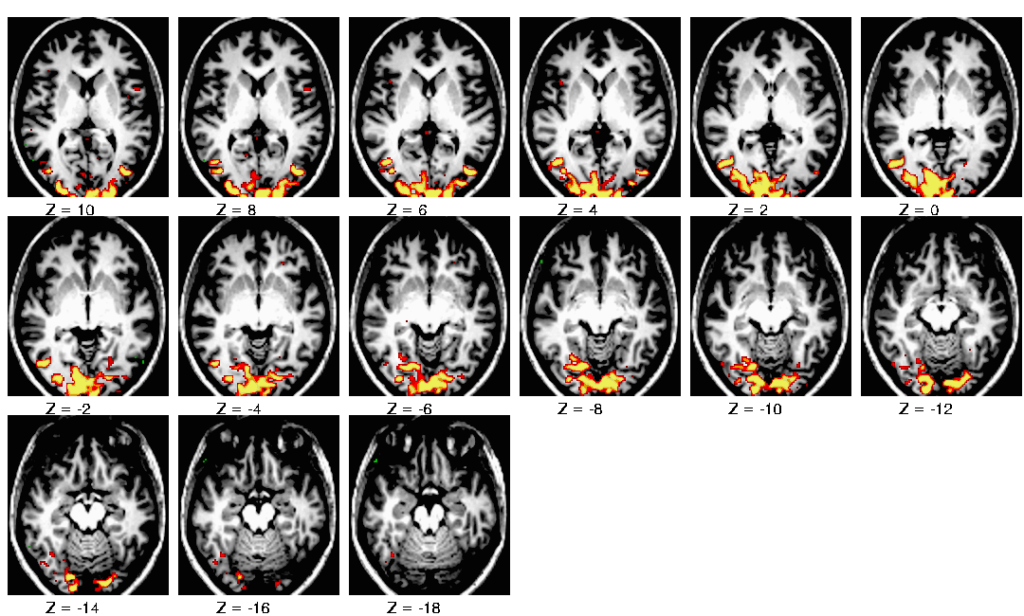How are we able to determine the movement of traffic or identify a familiar face in a dimly lit room?
Simple perceptual decisions can be made subconsciously and are vital for daily function.
Previous research has shown that the brain undergoes sensory processing and evidence gathering before coming to a consensus or arriving at a “eureka” moment for simple decision-making tasks. Certain brain regions have been proven to experience an increase in activity in the pre-identification phase, while other areas spike in activity during the exact moment of decision making.
This research hopes to identify brain areas and neural pathways that are specifically responsible in a motion discrimination task where participants will identify the direction of random dot motion stimuli. Understanding the neuronal network of a simple perceptual decision-making task such as the one we have designed for this research may disclose the fundamental regions responsible for higher level decision-making.
This could lead to the treatment for those suffering from cognitive disabilities through stimulation of these regions. In addition, the results of this project could even prove useful to other industries, such as marketing and advertising, whose main objective is to influence the decisions of the consumer.
